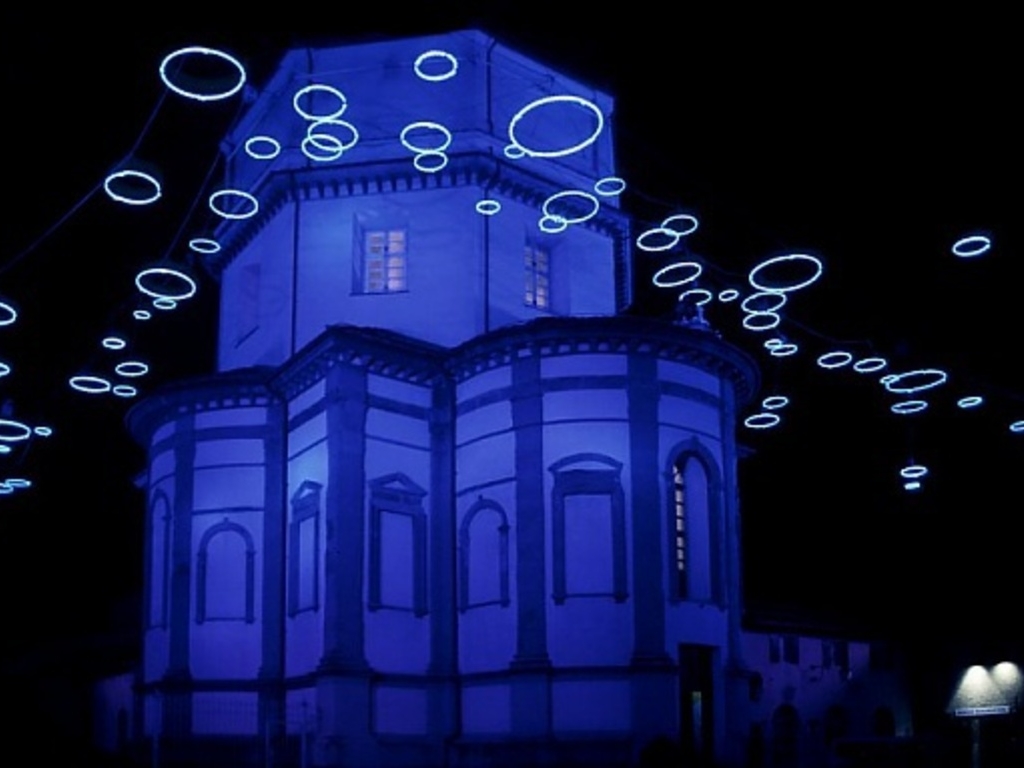Monte dei Cappuccini stands in the Borgo Po district, therefore very close to Turin's historical centre, and houses the convent and church of Santa Maria al Monte, whose origins are linked to the Savoia family.
The story before the church was built tells of the various changes of ownership of a military fortification initially built around the 11th century for defensive purposes, which saw the involvement of many historical figures including Tommaso I di Savoia, Federico II di Svevia and Tommaso II di Savoia. It was only in 1581 that it was acquired by Charles Emmanuel I of Savoia who, in order to recover Catholic consensus, donated the mountain to the Capuchin Order for the construction of a convent and church dedicated to the Virgin Mary.
The convent was inaugurated in 1590 in Renaissance style, while the church had to wait until the end of the black period of the plague, with two waves, and the period of the civil war in Turin; it was completed in perfect Baroque style only a century later by Castellamonte, who partly followed the initial plans of Ascanio Vitozzi.
The church has also become famous for a mystical event that took place in 1640 during the French siege; having overcome local resistance, the French soldiers entered the church but were stopped by a tongue of fire that rose from the tabernacle and made them desist from spoliating the place. This Eucharistic miracle is commemorated by a canvas displayed in the atrium of the church.
During the Napoleonic occupation, the convent was destined for private use as a result of the suppression of the monastic orders, so it was the scene of several alterations, including the replacement of the dome.
Also of great importance was the construction of a funicular railway linking the town to the mountain, completed in 1942.
Further restoration work was commissioned following the extensive damage caused by the Second World War and today, as well as enjoying a wonderful view, it is possible to visit the National Mountain Museum, housed in the convent. The interior of the church is a sublime succession of Baroque decorations and important paintings by artists such as Guglielmo Caccia or Giuseppe Buccinelli, but also artists of the calibre of Benedetto Alfieri worked on the minor altars.
Interesting discoveries were also made in 1992 that cast a shadow of mystery over the mountain: a spoon with an engraved Templar cross, the fragments of a bowl and the remains of a skeleton that could testify to the passage of the Templars in Turin. Right in the heart of the mountain we also find an air-raid shelter used during the Second World War and a research laboratory belonging to the National Institute of Astrophysics, a rare international excellence.
In short, a place full of secrets and mysteries as well as rare beauty, just outside the city centre.
For more information, click here.
Credit Image: Wikipedia
